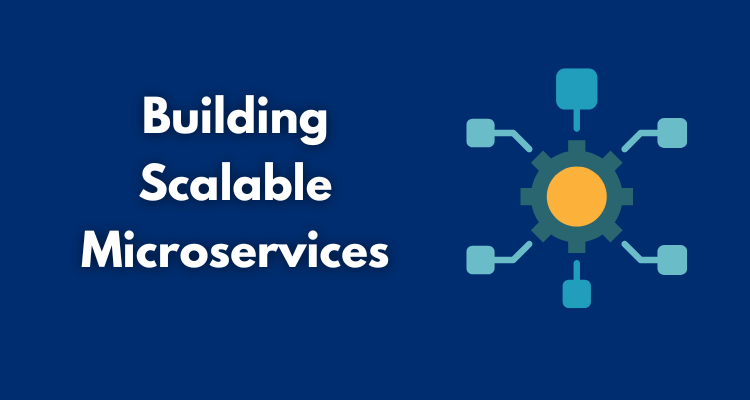Introduction
Disclaimer: This article uses gaming concepts as an analogy to explain microservice scalability. The comparisons are for illustration, not literal technical equivalence.
If you’ve ever been part of a large software launch, you know how quickly things can go off track when demand spikes. One minute everything runs smoothly, the next minute servers slow down, queues pile up, and the support team is flooded with tickets.
The same kind of high-pressure coordination happens in large-scale online games. Picture a World of Warcraft raid: dozens of players working in sync to defeat a boss. One mistake, and the entire strategy collapses.
Interestingly, the systems that keep raid groups fair, coordinated, and motivated share similarities with the principles that make microservices stable under heavy load. In games, endgame loot systems such as a World of Warcraft raid carry are designed to handle large groups of players, distribute rewards fairly, and keep people engaged. Apply some of these principles to microservice architecture, and you can design a system that performs reliably, even under extreme pressure.
Table of Contents
ToggleWhat Are Microservices and Why They Need to Scale

Microservices are small, independent services that work together to form a larger application. Each service focuses on a single function—such as user login, payment processing, or search—and communicates with others via APIs.
Teams favor microservices because they:
- Allow faster development and deployment cycles.
- Enable independent updates without breaking the whole application.
- Improve fault isolation and maintainability.
However, scaling microservices is not as simple as adding more servers. When demand increases, all services in the chain must handle the load. If one service becomes slow or fails, it can bottleneck the entire system. That’s why scalability must be considered at the design stage, not as an afterthought.
Reasons to plan for scalable microservices from the start:
- More users mean more simultaneous requests.
- Complex dependencies mean one weak link can slow everything down.
- Traffic spikes from promotions, events, or unexpected attention can overwhelm services.
- Global users expect minimal performance delays.
- High uptime expectations leave little room for downtime.
How Endgame Loot Systems Work in Online Games
In MMORPGs like World of Warcraft, endgame raids are some of the most challenging, organized activities players can experience. Dozens of participants each take on specialized roles—tank, healer, damage dealer—and work together to defeat bosses with complex mechanics.
The main reward after a successful raid is loot—rare and valuable gear or resources. Loot distribution systems are designed to be fair and keep players engaged. Common methods include:
- Random rolls – Everyone rolls a number; highest wins.
- Point-based systems (e.g., DKP) – Players earn points from participation and spend them on loot.
- Priority lists – Pre-determined loot assignments based on needs and fairness.
The key point: these systems must act quickly, prevent bias, and maintain player motivation. They handle thousands of transactions across many players without collapsing. The principles of fairness, efficiency, and engagement are exactly what scalable microservice design needs.
Lessons from Loot Systems for Scalable Microservices
1. Fair Resource Distribution
Loot systems ensure no player gets everything while others get nothing. In microservices, this translates to fair distribution of computing resources—CPU, memory, and bandwidth—via load balancers so no single service becomes a bottleneck.
2. Clear Role Assignments
Raid members have defined roles before a fight begins. Similarly, each microservice should have one clear responsibility. Overlapping responsibilities create confusion and performance issues. Clear role definitions make it easier to predict which service will need scaling during peak demand.
3. Handling Peak Loads Under Pressure
Boss fights often have “burst phases” requiring intense damage output in a short time. In microservices, similar spikes occur—like checkout surges during a flash sale. Event-driven scaling adds resources as soon as load thresholds are reached, ensuring smooth performance.
4. Recovery Plans for Failures
If a key player dies in a raid, the group adapts to avoid a full wipe. Likewise, microservices need failover strategies—automatic redundancy, real-time monitoring, and instant recovery plans to prevent cascading failures.
5. Keeping Engagement High
In games, loot rewards keep players coming back. In software teams, small wins—like faster load times or reduced errors—keep developers motivated and foster a culture of ongoing optimization.
Plan Ahead Like a Raid Leader
A good raid leader ensures everyone understands the strategy before the first pull. Scaling microservices requires the same preparation—alignment between development, DevOps, and support teams on how to respond to load spikes or failures.
Regular retrospectives on scaling practices help teams act quickly and confidently when traffic surges. When both technical readiness and human coordination are in place, scaling is smoother and downtime is minimized.
Approach scalability like a raid: the battle is often won before it begins—through planning, clarity, and trust in your team.
Final Takeaway
Endgame loot systems have been tested for years in real-world scenarios with millions of simultaneous users. While the contexts differ, the principles of fairness, role clarity, peak performance, and recovery under pressure can inspire more resilient and scalable microservice architectures.









